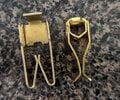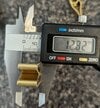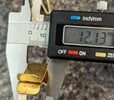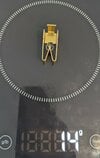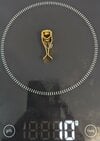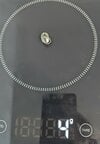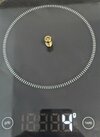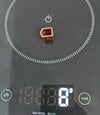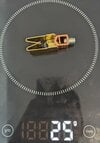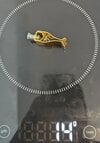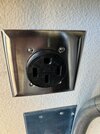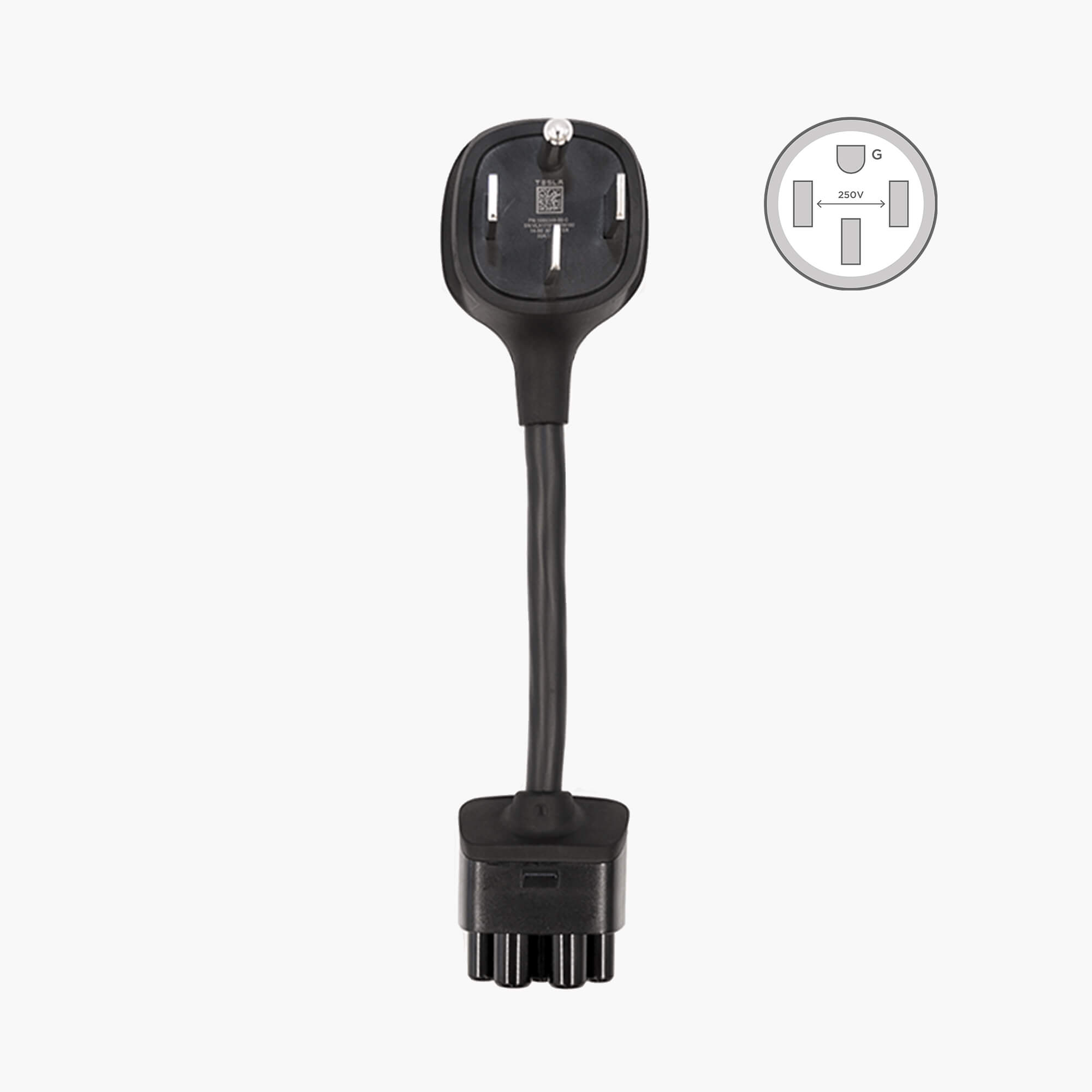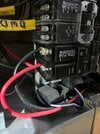So I ended up swapping to the 9450A Hubbell plug. Tried charging today and I’m getting the same charge rate reduced error. Not sure what to check next. Any ideas?
Haven't seen your previous posts, so am now kicking out at random. Just so we're clear: the NEMA14-50 had L1, L2 (both hot), N (neutral), and G (ground). The voltage across L1/L2 is 240 VAC and is what the car works with. L1<->N and L2<->N is 120 VAC and
ought to be equal, but might not be.
First off: Charge rate will be reduced if there's a drop in voltage between L1<->L2 from when the car is first connected and when the car starts drawing significant current. The assumption is that there's something resistive in line; since Power Dissipation goes as Current*Current*R, some hot spot or other might be getting hot enough to Set Things On Fire; reducing the current by, say, 80% from the nominal 32A drops power dissipation by 0.8^2, or 64%.
In
principle, one ought to be able to see this from the car's screen. Start off by stopping charging from a menu or something. The car should display the voltage applied. Start charging: As the current goes up, the
voltage should remain steady. If it drops, more than a half-volt or so, and definitely if it drops a couple-three volts, you have a problem.
So, going along those lines, what could be causing the additional resistance? In no particular order:
- Breaker going bad. It happens. I've actually had a breaker die once. Breakers, like switches, have contacts and they do degrade over time.
- Loose connection somewhere. Breakers socket into the breaker panel; there's two wires coming out of the duplex breaker, either of them could be loose.
- I really, really doubt this, but the main feed coming into your breaker panel from the house electrical meter could have a loose bolt somewhere? Most houses in the US have split feed; that is, from the power pole, you got L1, L2, and N. Those get bolted onto three bolts in the back of your meter. Coming out of your meter on three more bolts, you got L1, L2, and N again, and these get bolted to (for L1 and L2) the two bus bars. (I'm not sure if N goes through the meter like this.. been a while since I looked.) But you got four bolts (or maybe six) on the meter and two bolts (and maybe three) on the breaker panel itself. I would very definitely not go tugging on wires back there: Those suckers are live. One minor note: The N wire gets bolted to the ground frame in the breaker panel; further, a Big, Heavy green wire is also bolted onto that ground frame and, in normal construction, exits the house and is clamped to the end of a six-foot, thick copper stake which has been pounded into the ground.
If you're handy with a voltmeter, what I'd be looking for is a drop in voltage between L1 and N, or L2 and N on the wires going to NEMA14-50 when the load picks up. And, if you're seeing that, check on the bus bars (one at a time) to see if they're doing the same thing as the load picks up. If the bus bar voltages are varying, it could be something with the mains breaker. At which point, if I were you, I'd quit and call an electrician. If the bus bars are steady but the wires to the socket are varying, then it's likely the breaker.
If you're actually going to do this, and your Day Job is not that of an electrician, might I suggest the following safety rules?
- Have a helper. The helper's job is that, if you get connected to live voltage, is to pull you off the high voltage and get you to the hospital. And or restart your heart. Towards that end, the helper should have in his/her hands a heavy, non-conductive rope that can be quickly looped around you so you can be pulled away. It would be Bad News if the helper grabs you and gets clenched to you, too.
- Wear rubber sneakers. And don't stand in a pool of water. Or do any of this while sopping wet, with water or sweat.
- If at all possible, stick one hand in your back pocket and leave it there. Use the other hand to manipulate voltmeter probes or to tug on the insulated portions of wires. Having current going from one arm to the other arm, through your chest, is a great way to stop your heart. Permanently. One hand in the pocket makes that less likely.
Now, I'm a-telling you: If your SO takes one look at those safety instructions, rolls the eyeballs, and says, "No way!".. well, they know you better than I do, and I'd trust their judgement. If they're amenable.. still think twice, and for $DIETY's sake,
be careful. 120VAC isn't necessarily fatal, but does kill people. 240VAC
is dangerous as all get out.
(FWIW, that little symbol up there isn't a joke: I used to work on MW-class RADAR systems with 15 kV (and up) power supplies. I've therefore got the training and experience: Do you?)



